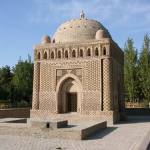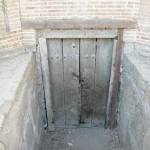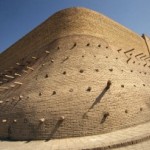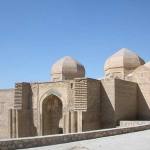Everest base camp trek. Guaranteed departure dates
A very popular trekking destination for its bizarre variations, difficulties and adventurous approach along with the loyal and friendly Sherpa inhabitants, Everest Base Camp Trek has been one of the most famous trekking destinations since the very first expedition to Everest Summit in 1953 by Sir Edmond Hilary and Tenzing Norgey. See also >>>
A very popular trekking destination for its bizarre variations, difficulties and adventurous approach along with the loyal and friendly Sherpa inhabitants, Everest Base Camp Trek has been one of the most famous trekking destinations since the very first expedition to Everest Summit in 1953 by Sir Edmond Hilary and Tenzing Norgey. See also >>>
Everest Easy Trek
Everest Easy Trek is one of the shortest treks in Everest region. It is not so difficult trekking as other and especially for those who have a dream to see the top of the world and have less time or too old or who cannot walk much distance. Everest Easy Trek is available for all season but we recommend to visit at the best time that is from March to May and September to November. See also another itinerary of same duration.
Everest Easy Trek is one of the shortest treks in Everest region. It is not so difficult trekking as other and especially for those who have a dream to see the top of the world and have less time or too old or who cannot walk much distance. Everest Easy Trek is available for all season but we recommend to visit at the best time that is from March to May and September to November. See also another itinerary of same duration.
Island Peak (6189 m) expedition
Climbing island peak is very easy so the climbers from the different parts of the world are interested to attempt it. Mt. Everest, Mt Makalu, Mt. Lhotse and many other mountains are visible in the route. Fixed Dates - October 4, 25 - November 12; March - 11; April 25; May 6, 12, 18. See also >>>
Climbing island peak is very easy so the climbers from the different parts of the world are interested to attempt it. Mt. Everest, Mt Makalu, Mt. Lhotse and many other mountains are visible in the route. Fixed Dates - October 4, 25 - November 12; March - 11; April 25; May 6, 12, 18. See also >>>







 Valida-i Abd al-Aziz-khan Madrasah
Valida-i Abd al-Aziz-khan Madrasah  The Sitora-I-Mohi-Hosa Palace
The Sitora-I-Mohi-Hosa Palace  Valida-i Abd al-Aziz-khan Madrasah
Valida-i Abd al-Aziz-khan Madrasah  Samanid Mausoleum
Samanid Mausoleum  Kurpa Mosque
Kurpa Mosque  Zindan
Zindan  Rabat-i-Malik and the Malik sardoba
Rabat-i-Malik and the Malik sardoba  The Magak-i Attari Mosque
The Magak-i Attari Mosque  Bukhara Hotels
Bukhara Hotels 